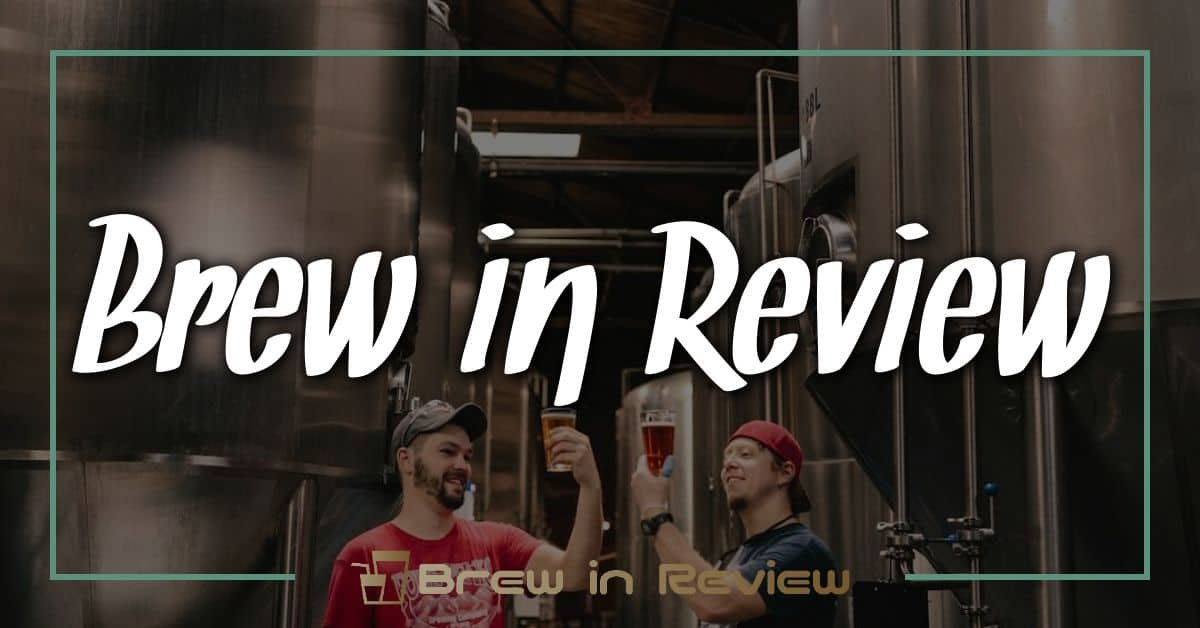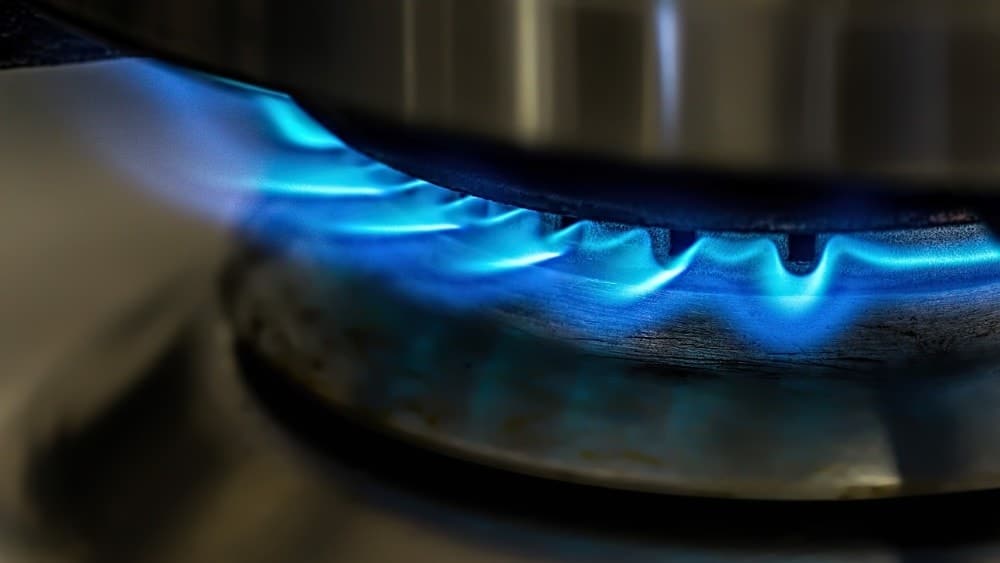Brewing beer is both an art and a science, and one of the most crucial elements in this process is oxygenation. It might sound simple, but getting the right amount of oxygen into your brew can make or break your final product. As a passionate homebrewer, I’ve learned that understanding how oxygen interacts with ingredients can elevate a good beer to something truly exceptional.
When I first started brewing, I overlooked the importance of oxygenation. But as I experimented and refined my techniques, I discovered that it plays a vital role in yeast health and flavor development. In this article, I’ll share why oxygenation matters and how it can transform your brewing journey, ensuring you create delicious and memorable beers every time.
Overview of Oxygenation in Brewing
Oxygenation plays a pivotal role in the brewing process. It affects fermentation, flavor, and overall beer quality. Understanding its mechanisms offers brewers a chance to elevate their craft.
What Is Oxygenation?
Oxygenation involves introducing oxygen into the wort before fermentation. This process helps yeast thrive. During fermentation, yeast consumes sugars and produces alcohol and carbon dioxide. For yeast to perform optimally, adequate oxygen levels are essential in the initial stages. Without it, yeast struggles, leading to off-flavors and incomplete fermentation.

The Role of Oxygen in Brewing
Oxygen influences several key aspects during brewing. It supports yeast propagation, ensuring a robust fermentation process. Oxygen also aids in developing flavors, enhancing the beer’s complexity. In the early fermentation phase, I’ve found that proper oxygen levels can result in cleaner, more vibrant beer profiles. Conversely, excessive oxygen exposure post-fermentation leads to oxidation, causing stale or cardboard-like flavors. Managing oxygen levels is crucial from wort preparation to bottling. By striking the right balance, I can create exceptional brews that showcase the art and science of brewing.
Importance of Oxygenation in Brewing
Oxygenation plays a vital role in brewing, impacting fermentation, flavor, and overall quality. Getting this right enhances the brewing experience and results in exceptional beers.
Impact on Flavor and Aroma
Oxygenation enriches the wort before fermentation, ultimately influencing flavor and aroma. When I introduce adequate oxygen, yeast thrives, producing esters and phenols that contribute to fruity or spicy notes. For example, lighter ales benefit from specific aromatic compounds, while darker beers may develop richer flavors through controlled oxygen exposure. This process leads to a more vibrant and complex beer profile, making each sip enjoyable.
Effects on Yeast Health
Healthy yeast leads to successful fermentation. I monitor oxygen levels carefully, ensuring they’re sufficient for yeast propagation without overexposing the wort. Adequate oxygen supports yeast metabolism, promoting vigorous fermentation. Insufficient oxygen can cause yeast stress, leading to off-flavors and sluggish fermentation. I’ve learned that proper oxygenation fosters strong, healthy yeast, resulting in cleaner flavors and a more balanced final product. Managing oxygen levels is crucial for anyone looking to craft high-quality brews.
Oxygenation Methods
Understanding oxygenation methods is essential for every brewer aiming for high-quality beer. In this section, I’ll cover both traditional and modern techniques that ensure optimal oxygen levels during the brewing process.
Traditional Methods
With traditional methods, brewers often relied on manual techniques to introduce oxygen into the wort.
- Splashing: Pouring wort vigorously into a fermenter from a height helps incorporate oxygen. I pay attention to the angle and distance to maximize exposure without risking contamination.
- Aeration Devices: Using simple devices like a stirring paddle or whisk allows for direct agitation of the wort. The movement traps air, enriching the beer with oxygen before fermentation.
- Oxygen Stone: Some homebrewers use a sanitized oxygen stone connected to an oxygen tank. This method introduces a fine mist of oxygen into the wort, ensuring even distribution.
- Swirling: After pouring the wort, gently swirling the fermenter promotes oxygen uptake. This technique works particularly well with small batches.
Modern Techniques
Modern techniques offer precision and efficiency, benefiting both professional and home brewers.
- Pure Oxygen Injection: Using a pure oxygen tank with a diffusion stone provides controlled oxygenation. This method ensures consistent oxygen levels, which enhances yeast performance significantly.
- Oxygen Generators: These devices can produce oxygen on demand, reducing the need for bulky tanks. Adjusting the output settings allows for custom oxygenation levels based on specific brew requirements.
- Nitrogen-Oxygen Mix: Some brewers utilize a nitro-infused method, combining nitrogen and oxygen for a unique texture and mouthfeel. This approach is popular in certain beer styles for adding smoothness without introducing excess oxygen.
- Wort Oxygenation Systems: Many advanced brewers invest in integrated wort oxygenation systems, where oxygen injection occurs directly during the wort chilling stage. This seamless method simplifies the process and enhances efficiency.
Mastering these oxygenation methods leads to healthier yeast and cleaner flavors, elevating the brewing experience and resulting in exceptional beers. Whatever technique I choose, I ensure it aligns with the specific requirements of the brew to achieve the best possible outcome.
Common Mistakes in Oxygenation
Oxygenation is crucial in brewing, but common mistakes can undermine its benefits. Understanding these pitfalls helps ensure a smooth brewing process and a high-quality final product.
Over-Oxygenation Risks
Over-oxygenation poses significant risks during brewing. Introducing too much oxygen can lead to unwanted oxidation, resulting in stale off-flavors that ruin the beer’s character. I often see brewers splashing wort excessively when transferring, thinking it enhances oxygen levels, but this can saturate the beer with too much oxygen. It’s vital to find a balance. For instance, while using an oxygen stone, I aim for a steady flow instead of prolonged exposure. This method effectively adds oxygen without crossing into excess.
Under-Oxygenation Consequences
Under-oxygenation can be just as detrimental. Insufficient oxygen levels can stunt yeast growth, leading to sluggish fermentation and off-flavors. When I first started brewing, I underestimated the importance of oxygen, resulting in lifeless beers with weird esters. A noticeable sign of under-oxygenation is a slow or stalled fermentation. I make it a habit to dose the wort with the right amount before fermentation starts. Adequate oxygen supports yeast health, promoting vigorous fermentation and enhancing flavor complexity.
Conclusion
Understanding oxygenation has completely transformed my brewing journey. It’s amazing how a little oxygen can make such a big difference in yeast health and flavor development. I’ve learned that balancing oxygen levels is key to crafting exceptional beers that truly shine.
Every brew I make now reflects the careful attention to oxygenation, whether I’m brewing a light ale or a rich stout. It’s all about finding that sweet spot to enhance complexity without risking oxidation.
I hope my insights inspire you to explore oxygenation in your own brewing adventures. With the right techniques and a bit of practice, you’ll be well on your way to creating beers that not only taste great but also showcase the art and science of brewing. Cheers to your brewing success!




